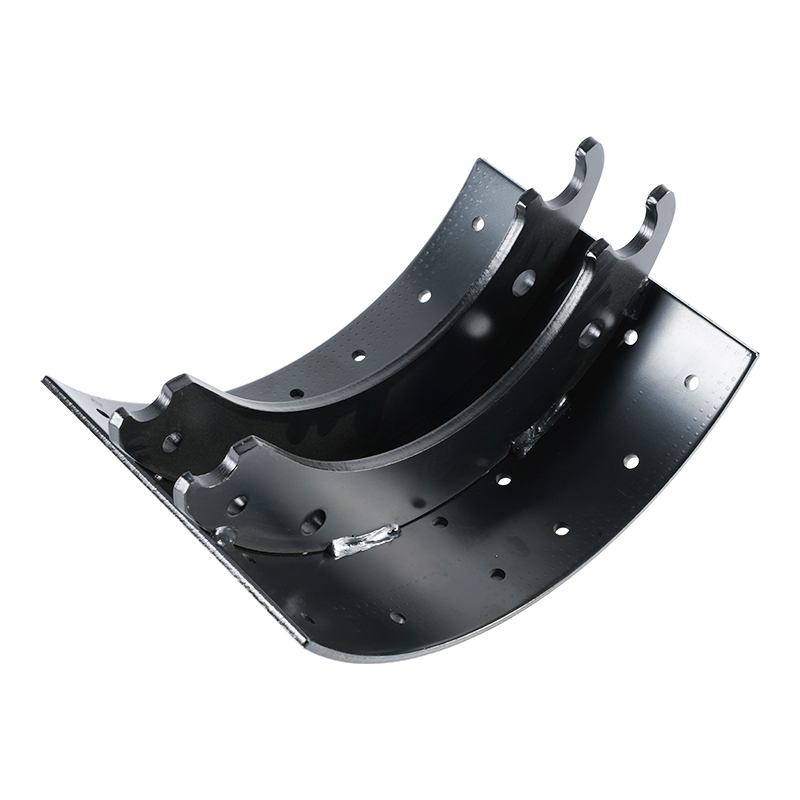Understanding Brake Linings: The Unsung Heroes of Vehicle Safety
 2025.04.02
2025.04.02
 Industry News
Industry News
Brake linings are a crucial component of any vehicle's braking system, playing an essential role in ensuring safety and performance. Without them, the ability to stop a car effectively would be severely compromised. These unassuming parts, often overlooked by drivers, are responsible for converting kinetic energy into heat through friction, enabling vehicles to slow down or come to a complete halt.
At their core, brake linings are the material that presses against a rotating surface—typically a drum or disc—to create the necessary resistance for stopping. Historically, brake linings were made from asbestos due to its excellent heat resistance and durability. However, as health concerns about asbestos exposure emerged, manufacturers shifted to alternative materials like semi-metallic compounds, ceramics, and organic blends. Each material has its own set of advantages and disadvantages, tailored to different driving conditions and preferences.
Semi-metallic brake linings, for instance, are known for their exceptional durability and heat dissipation properties. Composed of metal fibers mixed with other materials such as graphite or ceramic particles, they excel in heavy-duty applications, making them ideal for trucks, SUVs, and high-performance vehicles. Their robust nature ensures longevity, but they can sometimes produce more noise and dust compared to other types.

On the other hand, ceramic brake linings have gained popularity for their quiet operation and minimal wear on rotors. Made from dense ceramic materials combined with copper fibers, these linings offer smooth braking performance and generate less dust, which helps maintain cleaner wheels. While they tend to be pricier than semi-metallic options, many drivers appreciate the balance of performance and aesthetics they provide.
Organic brake linings represent another category, crafted from natural materials like rubber, glass, and resins. They are softer and quieter than their counterparts, making them suitable for everyday passenger cars. However, organic linings may not withstand extreme temperatures or heavy loads as effectively, leading to faster wear under demanding conditions.
The choice of brake lining depends largely on the driver’s needs and the vehicle’s intended use. For urban commuters who prioritize comfort and low maintenance, ceramic or organic linings might be preferable. In contrast, those frequently towing heavy loads or navigating steep terrains might opt for the resilience of semi-metallic linings.
Beyond material selection, proper installation and maintenance are vital for maximizing the lifespan and effectiveness of brake linings. Regular inspections help identify signs of uneven wear, cracking, or glazing, all of which can impair braking efficiency. Additionally, pairing quality brake linings with compatible rotors or drums ensures optimal performance and minimizes the risk of premature failure.

 Eng
Eng  中文简体
中文简体









